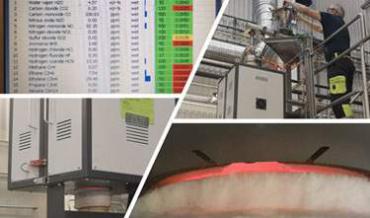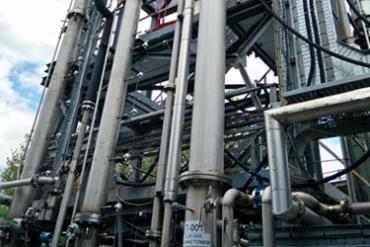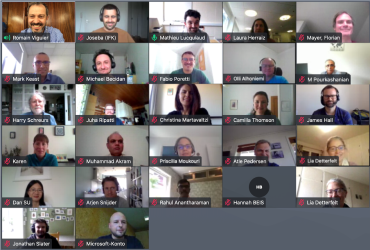The University of Edinburgh (UoE) and Scottish Carbon Capture & Storage (SCCS) will maximise the impact of the NEWEST-CCUS project through a dedicated strategy for user engagement, and a process for the identification of new stakeholders throughout the course of the project. This is based on an approach successfully applied in previous projects led by UoE/SCCS, where the research team has demonstrated a strong track record for user engagement and has built up a wide range of industry and policy user relationships.
Work Packages

Oxyfuel and membrane technologies for Waste-to-Energy plants
The adaptation of oxy-fuel technology for the WtE sector is the main aim of Norway’s CapeWaste project and Germany’s NuCA project. WP3 acts on the synergy between these projects and NEWEST-CCUS, allowing us to benchmark capture technologies within the same framework. We will also assess membrane capture technology and potentially test them at pilot scale on Norwegian industrial sites to assess validity of the technology on WtE-type flue gases. An advanced hybrid method will be assessed for its Technology Readiness Level 3 potential.

Retrofit solutions with post-combustion capture with solvents
Trace metals and combustion aerosols pose a real challenge for solvent technologies with certain waste fuels. The lack of data on solvent ageing and management options needs to be addressed by technology developers, and best practice communicated to local regulators.
Within WP4, we will focus on proprietary and third generation solvents and conduct extensive experimental activities at both laboratory and industrial facilities, making optimum use of research infrastructures and resources.

Comparative technology in Waste-to-Energy sector
In WP5, we will integrate the technical activities from WP3 and WP4 in order to build a framework for a comparative technology assessment. This will then allow us to characterise the potential for CCUS and net atmospheric carbon removal in the WtE sector.

